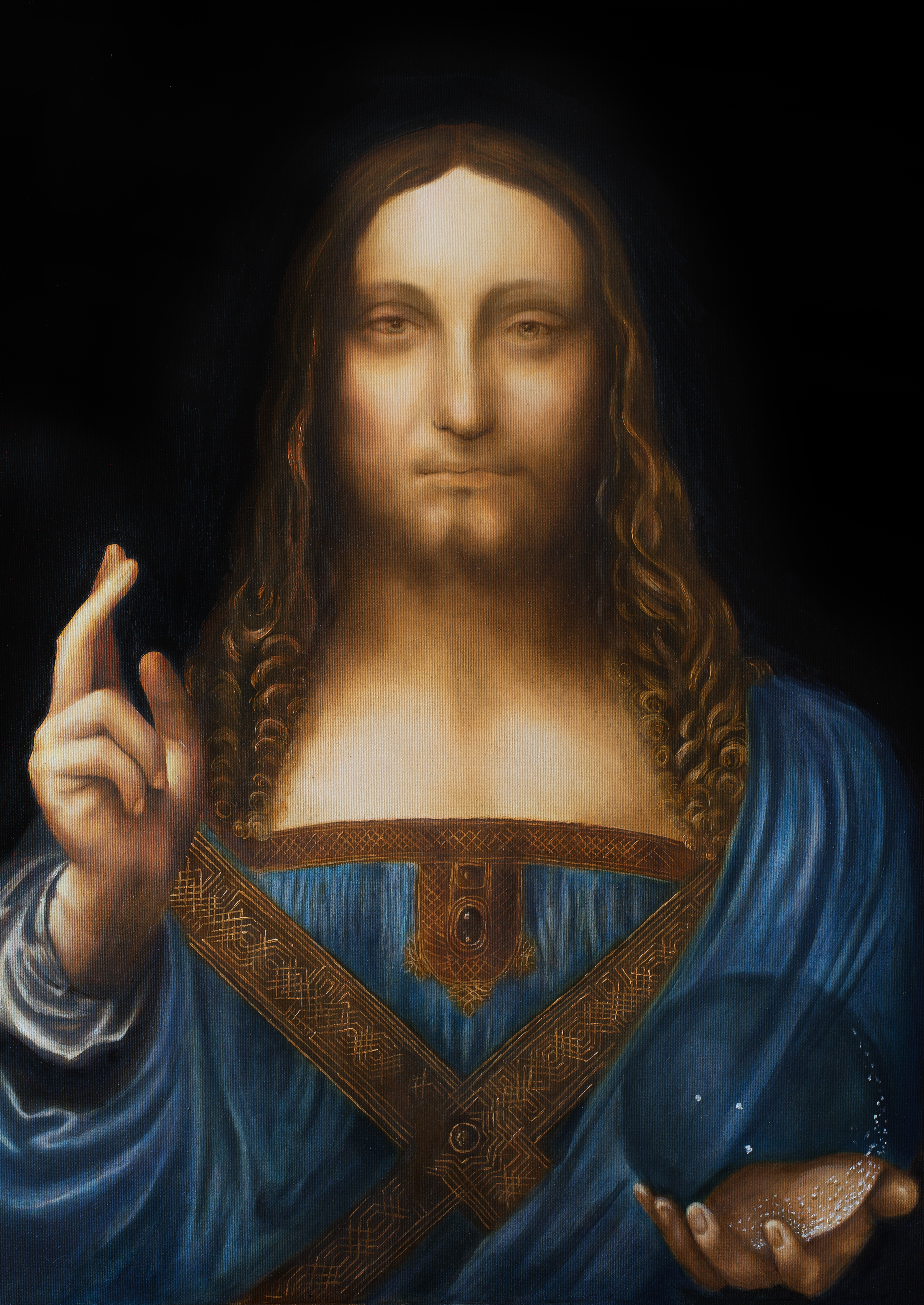Leonardo da Vinci's Salvador Mundi, the world’s priciest painting, Turns into NFT
Leonardo da Vinci's famous artwork, Salvator Mundi, which is currently owned by Saudi Arabia's Crown Prince Mohammed bin Salman Al Saud, had a transformation into an NFT on August 12th.
Originally purchased for an astonishing $450 million in a remarkable auction at Christie's New York, this iconic portrayal of Christ holding a crystal orb is now entering the realm of blockchain. This innovative shift is being orchestrated by the digital asset platform ElmonX, in collaboration with Bridgeman Images, the company responsible for image licensing of celebrated masterpieces.
Bridgeman Images has gained recognition for digitizing several other renowned masterpieces, such as da Vinci's Mona Lisa, Van Gogh's Starry Night, Rodin's The Thinker, and Monet's Nymphéas. The Mona Lisa NFT, in particular, received a remarkable response, with 330 limited editions selling for £150 each and fetching much higher prices on secondary marketplaces. One of these NFTs was even purchased on OpenSea for a substantial $6,764 (3.7 ETH).

Reflecting on the journey of Salvator Mundi, the Christie's New York 2017 auction made headlines. Initially projected to sell above the $100 million mark, the artwork ignited fierce bidding competition and was eventually acquired by a phone bidder, later revealed to be Saudi Arabia's crown prince, for an astonishing price of $450.3 million, including additional fees.
The painting's popularity in the NFT space has led to various interpretations and tokenizations. Wolfgang Beltracchi, a German art forger, launched the greats.art portal in 2021, offering tokenized versions of Salvator Mundi in the styles of other master artists. Artist Elliott Arkin sold the Real Salvator Mundi(TM) NFT for $10 as part of a commentary on art and commerce. Ben Lewis minted Salvator Metaversi, a playful take on the original, and EDM music producer Pimptronot attempted to sell a Salvator Mundi NFT for a significant amount to fund homeless shelters.
Despite the proliferation of Salvator Mundi NFTs, the interest surrounding the painting remains due to its historic Christie's sale and the demand created around it. While critics argue that digitizing classic artworks into NFTs is primarily a cash grab, proponents see the potential for these high-profile digitizations to enhance acceptance of NFTs as art assets, ultimately educating and onboarding users to the NFT ecosystem.

